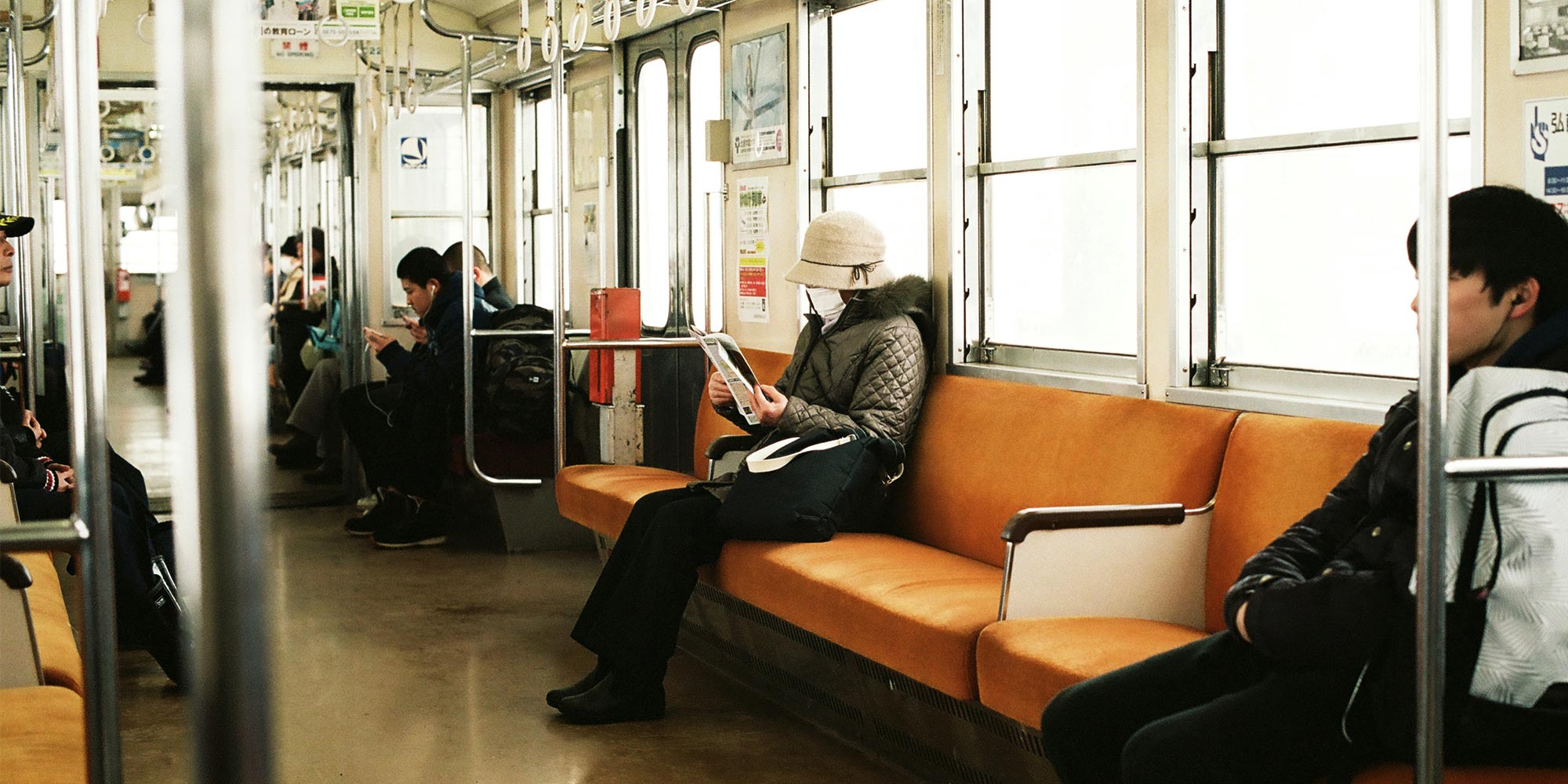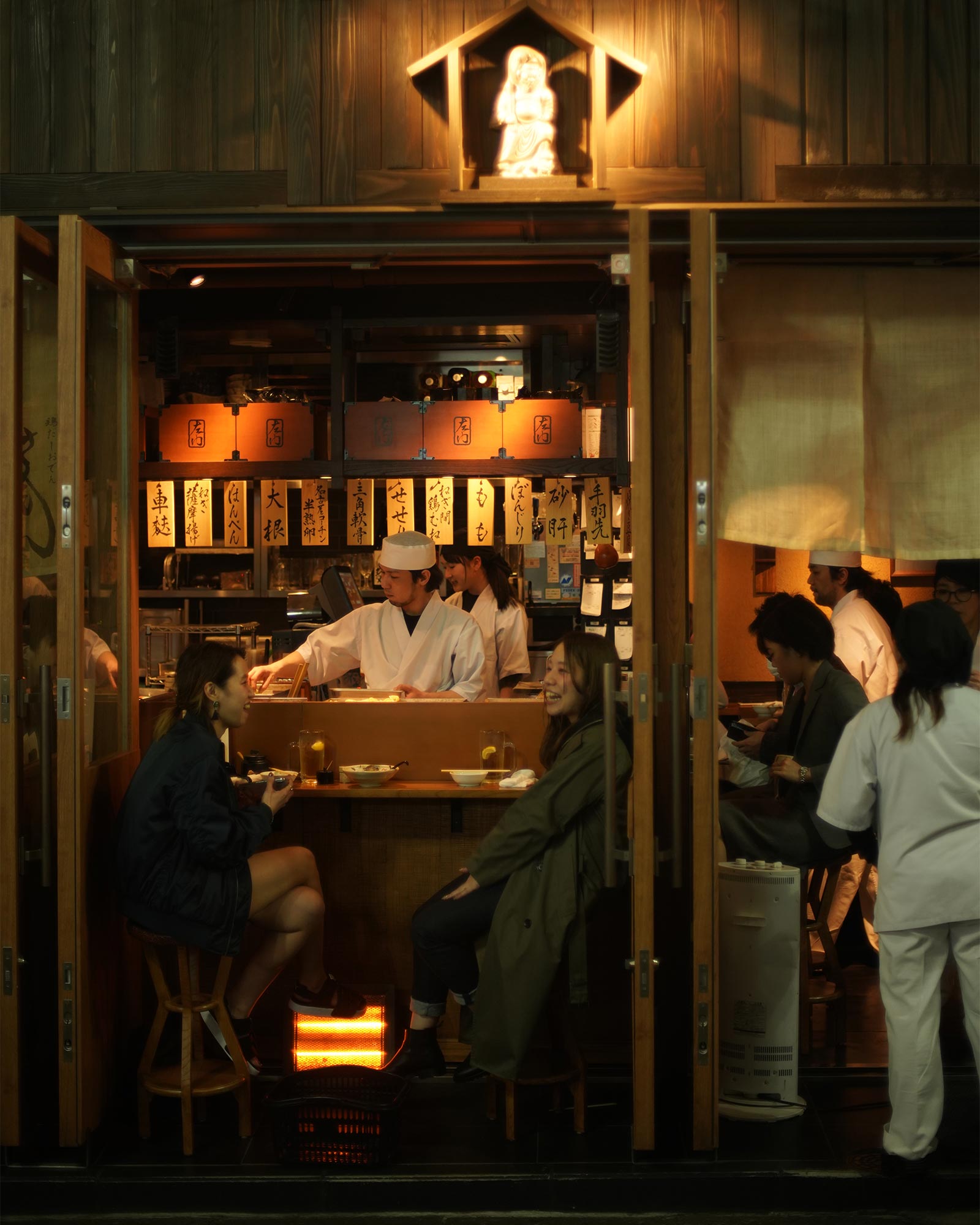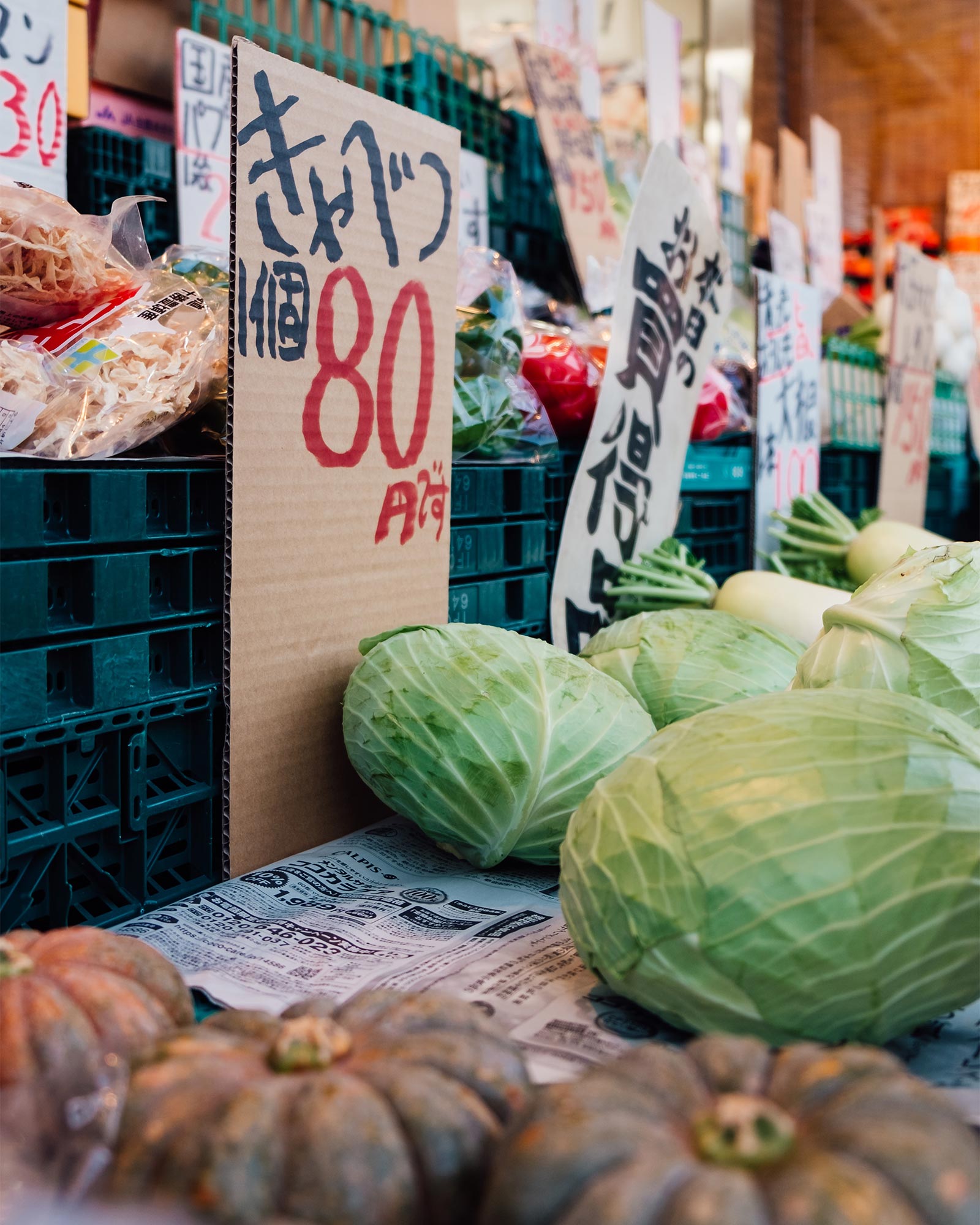A Culture of Mindfulness: Tokyo Etiquette and More
Before you go to Japan, friends and family who have traveled there before may tell you all about the etiquette and rules of the local culture, from taking your shoes off to bowing to how orderly everyone is. It’s true that some of the finer points of everyday life and behavior in Japan sound more rigid or formal than in other countries, but there’s nothing to be too anxious about! In Japan, a little thoughtfulness goes a long way, and the extra care you take to be aware of others will be just as respectful whether your Japanese etiquette is perfect or not. While the experience of a culture that differs so greatly from your own might sound intimidating to some, the general rule of “do as the Romans do” applies to the Tokyoites as well!

The General Rule: Mindfulness
If you remember only one piece of etiquette, remember this: Be mindful. Take the extra moment to think about the people around you. This is what the essence of Japanese culture boils down to.
What you may call “reserved” means something different for Japanese people. The idea of public versus private (honne/tatemae), outside versus inside (soto/uchi) is a big concept in Japan, and this should be your key takeaway. There are indeed some things that are kept strictly private by the average Japanese person for their home life, such as voicing opinions on politics.
On the flip side, however, there is just as much consideration in Japan given to the opposite of home life: their public life and how they behave on the “outside.” The Japanese value being considerate of those around you in public, even if they are strangers. You will never hear a person speak on their phone on public transportation because it would bother the people around them. Wearing a mask in public if you have a cold has been the norm for decades so that when you cough, you don’t spread your germs around.
Here are a few more tips and tricks for ways to be mindful of the people around you as you visit their beautiful country.
Keeping Clean
Yes, it’s standard practice to take your shoes off in any Japanese home and even in some restaurants (but don’t worry, take a glance around for shoe lockers or a hostess pointing to your feet and then a bunch of other shoes will tell you if you need to do this). However, keeping spaces clean for others is not limited to shoes.
You won’t find a lot of trash cans in public places aside from train stations or convenience stores. Instead, everyone takes care to bring their trash home with them, even when going on a picnic!
Because many Japanese restaurants use torizara, or small plates, for each of the many dishes you may order to share, there’s a lot of dishes at the table. If you’re dining with a Japanese companion, you may see them stacking these small plates to make it clear and easy for the servers to take away dirty dishes. Don’t worry if you forget; although it’s helpful for the server, it’s certainly not impolite if you leave your dishes as they are.
Ironically, in stark contrast, many public restrooms will not have a way to dry your hands after washing them, so you may want to keep a handkerchief or a small hand towel (tenugui) with you. Some dive bars or train station bathrooms might not even have soap!

Dining Out
As mentioned above, many restaurants use small plates, since a lot of dishes are shared, and these plates are changed out frequently. In izakaya especially, where many dishes are shared family style (even though the portions may be small), it’s typical for one person to divide up the dish into equal portions and serve each person.
Don’t pour your own drink! Your dining mates will always have one eye out for empty glasses, and they won’t remain empty for long. If you reach to pour your own drink, don’t be surprised if someone jumps to physically stop you and pour it for you. The challenge here is remembering to keep your own eyes peeled for others’ empty glasses (they’ll be delighted if you return the favor, but don’t worry, it’s not expected of you).
Chopstick Challenge
Chopsticks can be a challenge, but you won’t be poo-pooed for holding them wrong in your hand. Instead, just keep in mind that there are two funeral rituals that are done with chopsticks, and these two actions should be avoided at all costs when you’re at the dinner table. First, never stick your chopsticks straight down into a bowl of rice (or any dish, for that matter): this is only done when making an offering at an altar. Instead, if you’re not given a chopstick rest at the table, you can lay your chopsticks across the side of the bowl or on a different plate. Second, if you are passing or sharing food, never pass a piece of food directly from one pair of chopsticks to another: this action is reserved for a part of the Buddhist funeral rites only. Instead, place the food on a plate and pass it, or swap plates directly.

Seasonality and Locality
As a relatively small island nation, Japan does not have the ease of access to any and all kinds of produce that other countries do. This, combined with a deep national love for the changing of the seasons that dates back more than a millennium (see: old haikus rhapsodizing on the transience of cherry blossoms), has led to a long-standing tradition of seasonality. Supermarkets will not have out-of-season fruit-- if you’re looking for a mandarin in summer, you’ll have to search far and wide, and restaurants’ menus will change to reflect seasonality as well. In the autumn, you may find dishes with stewed pumpkin or chestnuts, but these will disappear by mid-winter and give way to nanohana broccoli rabe and plump strawberries.
Local foods have also been an important food movement in Japan for generations. Each of the 47 prefectures in the country has its own well-known dishes and products (meibutsu, or “famous items”): Hokkaido in the north is known for its dairy products, Kyoto has its own special breeds of typical vegetables, while the best oysters come from Hiroshima in the west, and Chinese and Portuguese-inspired dishes come from old port towns like Kobe and Nagasaki.
ぜひ、楽しんでください!
This says, "zehi, tanoshinde kudasai!" which is a common phrase in Japan and translates to something like, "Explore and have fun!" or "Enjoy yourself!" (literally: please definitely enjoy!); so, if a Japanese person ever says to you "please enjoy" or "please you enjoy" during your travels, now you know! Which is why we’ll say to you now - zehi, tanoshinde kudasai!
{$section.placeName}
{$section.address}
{$section.addressNotes}
{$section.description}